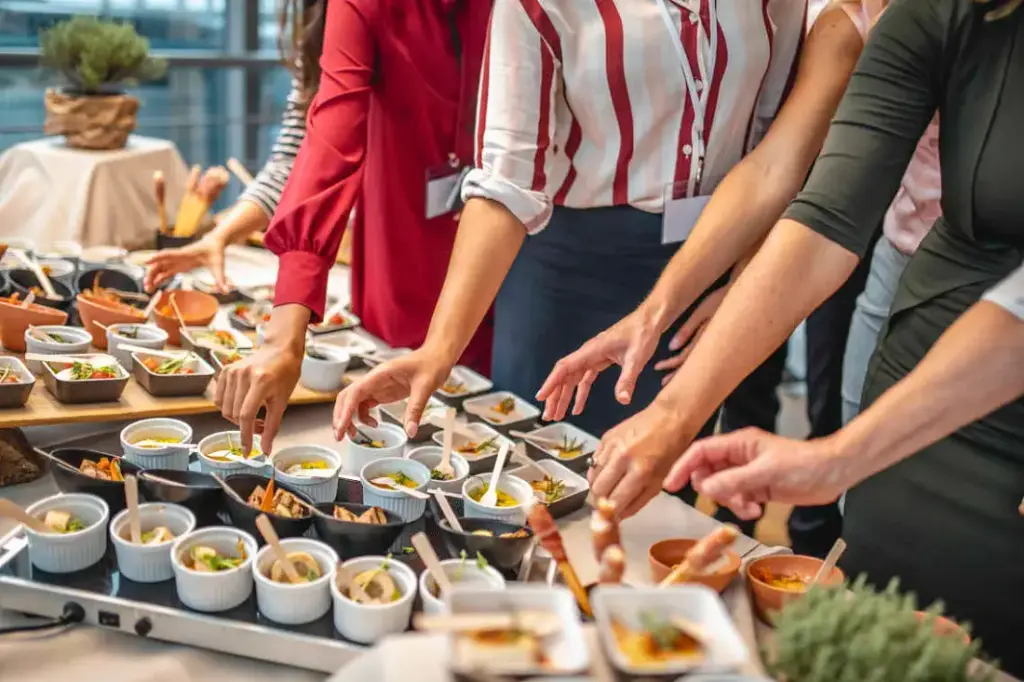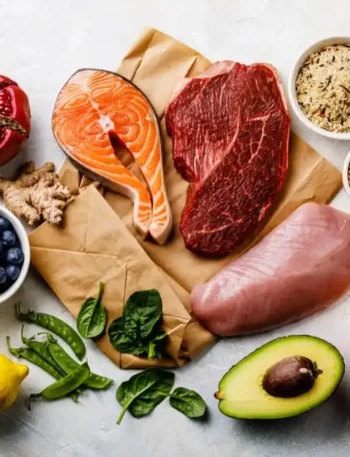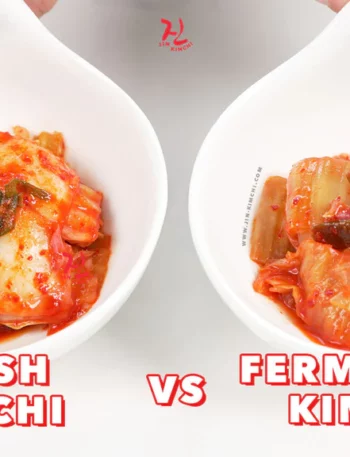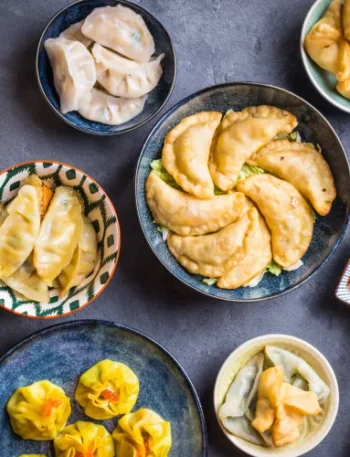
When it comes to food, most of us think that our taste preferences are simply a matter of personal choice or perhaps even biology. However, what we enjoy eating and the flavors we crave are deeply shaped by the society we live in.
This phenomenon, known as the social construction of taste, suggests that our food preferences are not just personal or biological but are also influenced by culture, community, class, and even global media trends.
What is the Social Construction of Taste?
The social construction of taste is rooted in social constructionism, a theory suggesting that many aspects of our lives — including our likes, dislikes, and even our sense of reality — are shaped by societal influences.
When applied to food, this means that what we consider “tasty” or “disgusting” is often learned through social interactions and cultural norms rather than being purely instinctual.
For instance, foods like blue cheese or kimchi may be beloved in some cultures but are seen as strange or unpleasant by others.
This divergence is largely due to social conditioning. What one group perceives as “deliciously pungent” might be “off-puttingly strong” to another, highlighting that taste is not absolute but rather flexible and shaped by shared social experiences.
The Role of Culture in Shaping Taste
Culture is perhaps the strongest influence on taste and food preferences. Each culture develops its own cuisine, often centered around the ingredients that are locally available and abundant.
As generations grow up eating these foods, they come to see them as the norm, embedding a particular flavor profile within that culture’s identity.
Examples of Culturally Influenced Tastes
- Spicy Foods in Thailand: Thai cuisine is famous for its use of chilis, which give dishes a distinct, spicy kick. For those raised in Thai culture, a love for spicy food is common, while others may find the intensity overwhelming.
- Fermented Foods in Korea: Fermented foods like kimchi are staples in Korean cuisine, and this acquired taste is something that’s culturally reinforced from a young age. People outside Korea may need time to warm up to these flavors, as their cultures may not emphasize fermented foods as much.
Family, Community, and Upbringing
Family and community play an essential role in shaping food preferences. Our earliest food experiences are usually shaped by our families, and family meals introduce us to the tastes and textures that become familiar and comforting over time.
For example, children raised in households with frequent family meals tend to have healthier eating habits, partly due to early exposure to a range of flavors and textures.
Influence of Family and Early Childhood
Studies suggest that children exposed to a variety of flavors early on are more likely to enjoy diverse foods as adults. In one study, infants introduced to vegetables regularly were more likely to continue eating them as they grew older, while those exposed to primarily sweet or processed foods showed a preference for similar items later in life.
The social aspect of food, like eating as a family or sharing meals within a community, also strengthens preferences. Eating together reinforces certain tastes as “normal” and makes it easier to accept flavors that might otherwise be unfamiliar.
Social Media and Globalization’s Impact on Taste
In recent years, globalization and social media have had a profound impact on our food choices, influencing everything from what we eat to how we perceive taste. Platforms like Instagram, YouTube, and TikTok expose us to global cuisines and trendy dishes, encouraging people to try new foods.
How Social Media Shapes Taste Trends
Social media often dictates what is considered “cool” or “trendy” to eat. Foods like avocado toast, matcha lattes, and bubble tea have gained global popularity partly due to their social media appeal.
These foods may not have a deep-rooted cultural significance in all places but are consumed widely because they are visually appealing and culturally “in.”
Globalization also means we’re exposed to cuisines from around the world, creating a fusion of flavors in many urban areas.
This widespread exposure broadens our palates but can also lead to the dilution of traditional food customs, as tastes and preferences become more homogenized.
Tip: Experiment with cuisines from different cultures. You may discover that “strange” tastes can become acquired and enjoyable with time.
Class, Socioeconomic Factors, and Taste
Our socioeconomic background plays a big part in the foods we grow up with and enjoy. Historically, foods like caviar, truffles, and fine wines have been associated with high social status, while comfort foods or traditional dishes are often more affordable and accessible.
Class and economic background can also determine what is perceived as “good taste” or “refined taste.” For example, an expensive French restaurant may be considered high-class, while a local diner might be considered less prestigious.
This division contributes to the “taste hierarchy,” where certain foods are seen as superior, and others as simple or even “unrefined.”
Access to Foods and Ingredients
Economically privileged groups often have better access to a diverse range of foods, which can expand their palate. For those from lower-income backgrounds, the choice may be limited, often resulting in a taste profile that prioritizes affordability and familiarity over experimentation.
Biology vs Society, Are Preferences Hardwired or Learned?
While taste preferences are heavily influenced by social factors, biology does play a role. Human beings are naturally inclined to prefer sweet and savory flavors due to their association with calorie-dense foods. However, social influences can modify or override these instincts.
For instance, although children are generally inclined to prefer sweet foods, repeated exposure to vegetables and other less naturally appealing flavors can train them to enjoy these foods.
This finding has led some researchers to suggest that while biology sets certain baselines, society largely shapes our preferences.
“Taste is, in fact, a cultural construct. It’s what society teaches us to like and dislike.” — Pierre Bourdieu, French sociologist
The concept of taste is far more complex than simple likes or dislikes. Our food preferences are shaped by a blend of biological predispositions, cultural conditioning, family traditions, socioeconomic status, and media exposure.
This understanding allows us to see taste not as an absolute or unchangeable trait but as something influenced and constructed by society.
Key Takeaways:
- Culture plays a central role in shaping taste, as foods and flavors we grow up with feel more familiar and comfortable.
- Family and upbringing strongly influence our preferences, especially through shared meals and early exposure to various foods.
- Social media and globalization are making tastes more homogenized, while also introducing people to new foods and trends.
- Class and socioeconomic factors influence access to certain foods, creating a hierarchy of “good” and “bad” tastes.
- Biology vs. Society: While some preferences are biologically driven, social conditioning can expand or override these instincts.
Understanding the social construction of taste can help us be more open-minded in our food choices, encouraging us to explore diverse flavors and appreciate the cultural significance behind different cuisines.
In a world where food connects us across boundaries, appreciating these nuances enriches both our palates and our perspectives.









